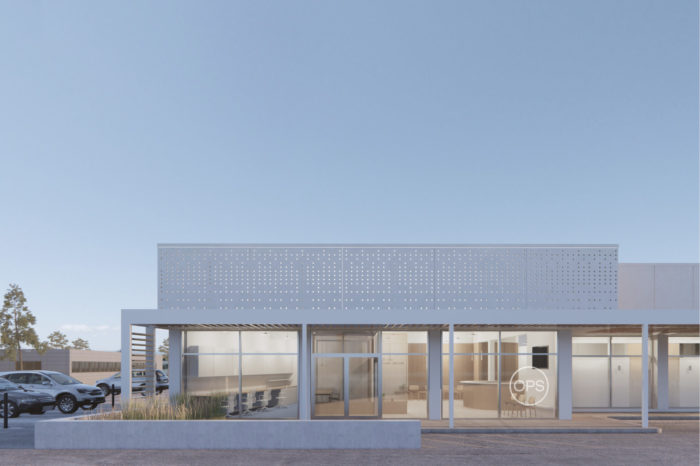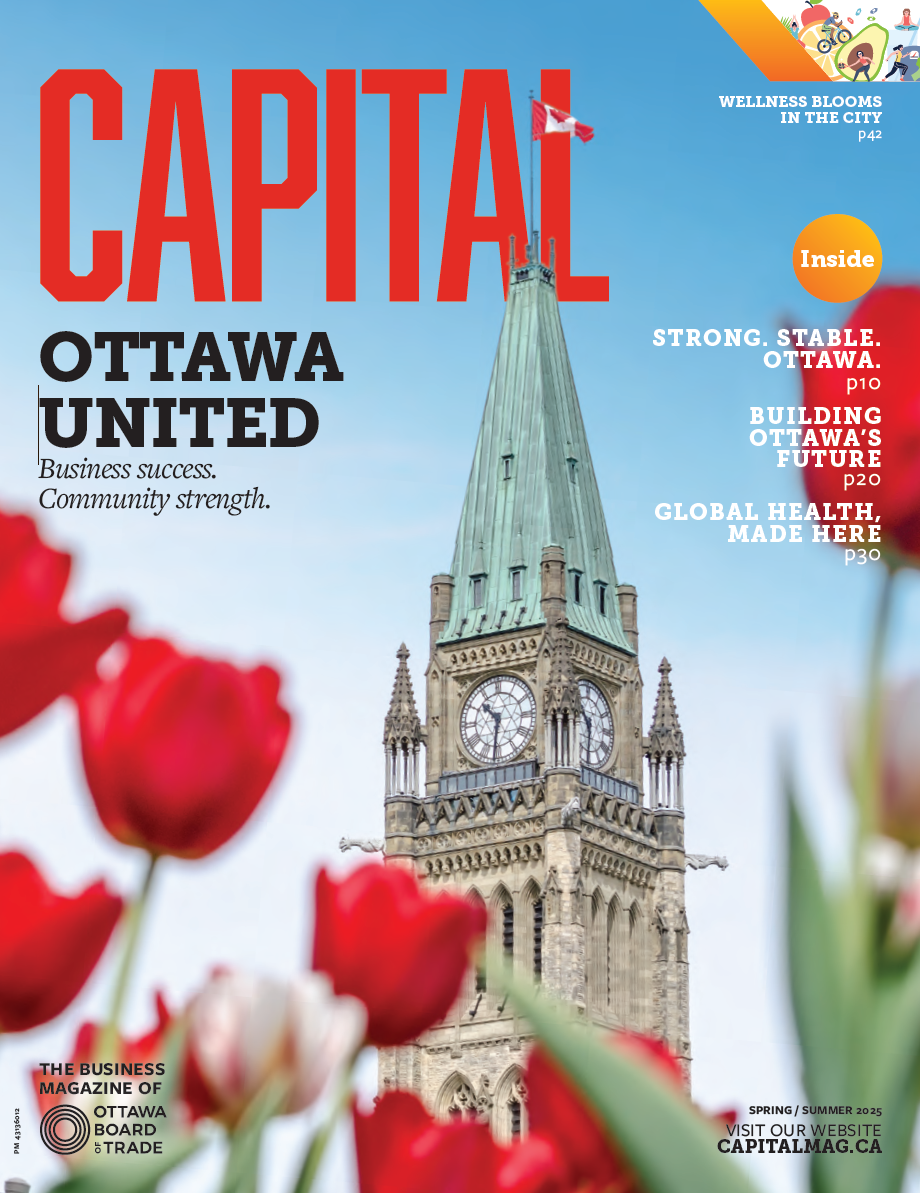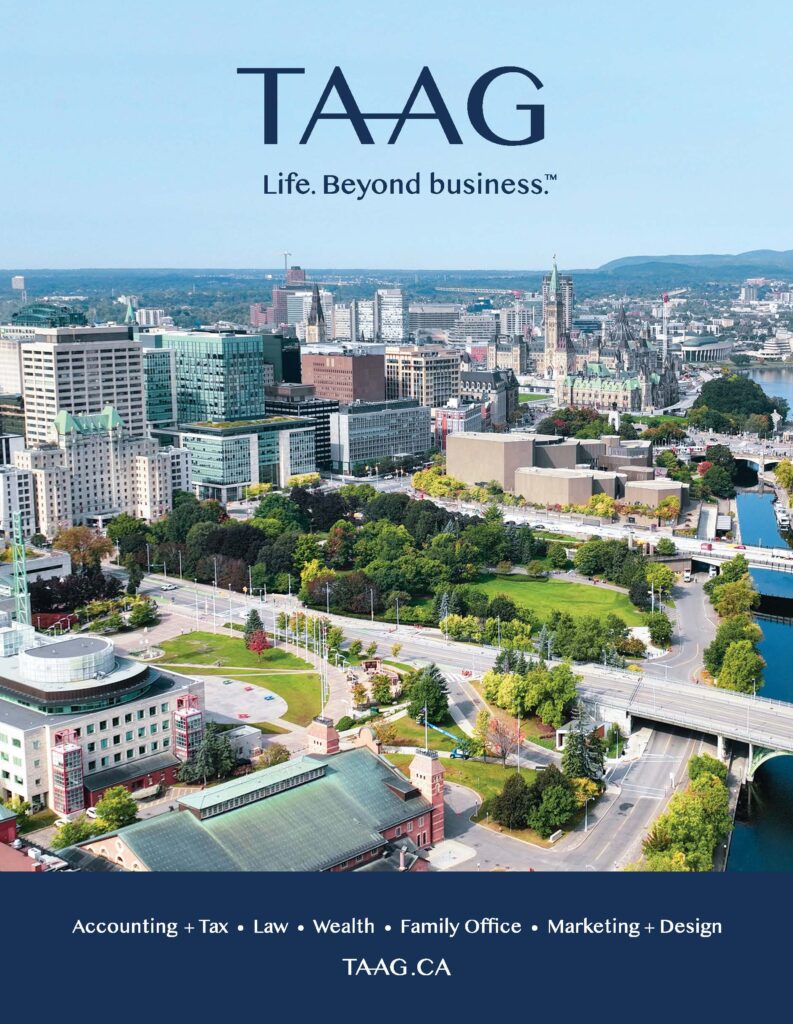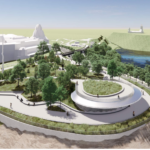Creating a Place of National Significance
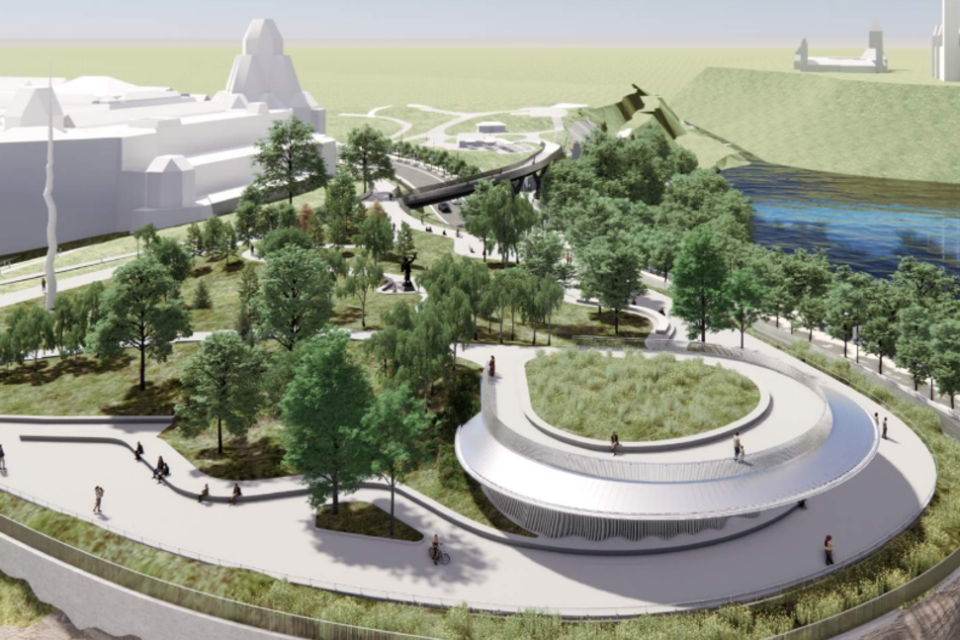
Artistic rendering of the Kìwekì Point redevelopment project
THE ROLE OF the National Capital Commission (NCC) is to ensure that the capital remains an enjoyable place to live and visit for present and future generations. One of the major projects the NCC is currently working on is:
Kìwekì Point
Kìwekì Point, formerly known as Nepean Point, is a spectacular lookout and a key destination in the National Capital Region.
The goal of the Kìwekì Point redevelopment project is to make Kìwekì Point a vibrant 21st century park and to provide the public with a panoramic view of the capital’s national heritage. This redevelopment is based on the Big River Landscape concept, the winning proposal submitted by Janet Rosenberg & Studio as part of an international design competition held in 2017.
The redevelopment concept enhances the universal accessibility, interpretation and landscaping aspects of the park, while creating new perspectives. It features several elements, including an unobstructed view of the Capital Region on two levels, an architectural shelter named the Whispering Point, and a new walkway reminiscent of the historic pedestrian connection between the point and Major’s Hill Park.
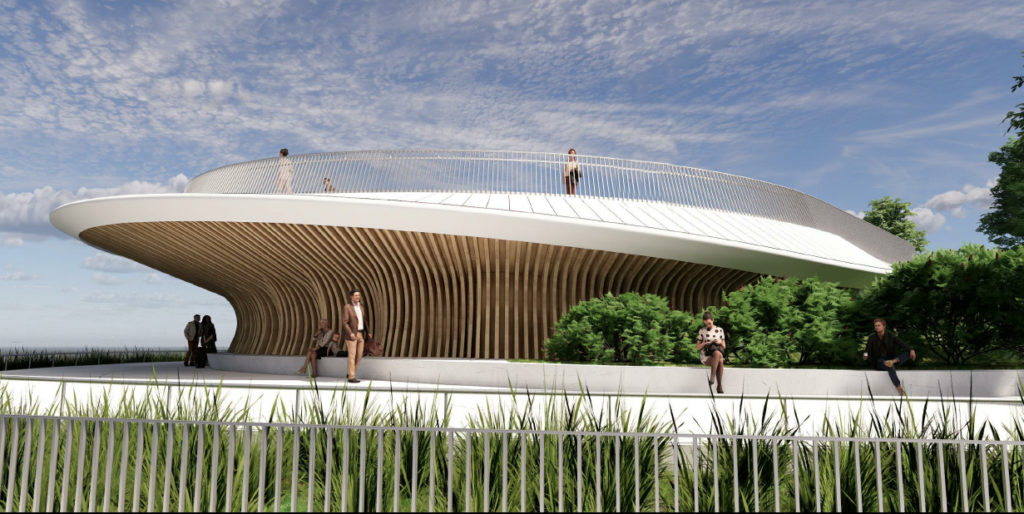
Artistic rendering of Whispering Point
Engagement And Consultation: In A Spirit Of Reconciliation
A new name
Indigenous peoples have inhabited Kìwekì Point and the banks of the Ottawa River on an ongoing basis for tens of thousands of years. In a spirit of reconciliation, the NCC worked with the Algonquin Nation, particularly the Kitigan Zibi Anishinabeg and Pikwàkanagàn First Nations, as part of the redevelopment project. Some of the rewarding discussions led to the selection of a new name, Kìwekì Point, which means “returning to one’s homeland” and which was given to the point in October 2022. This name was chosen by a working group of individuals from Algonquin communities who specialize in Algonquin history or heritage and the Algonquin language.
Interpretation plan
Interpretation communicates the meaning and history of a place to visitors. At Kìwekì Point, the Algonquin perspective is fundamental to the development of the interpretation plan. As such, the interpretation plan will tell the story of the Ottawa River through its natural surroundings, focusing on its landscape features and its holistic relationship to the “Big River.” Interpretive signs will take the form of creatures, chosen for their importance in Algonquin culture. Kitigan Zibi Anishinabeg and Pikàkanagàn First Nations are involved in the creation of these signs.
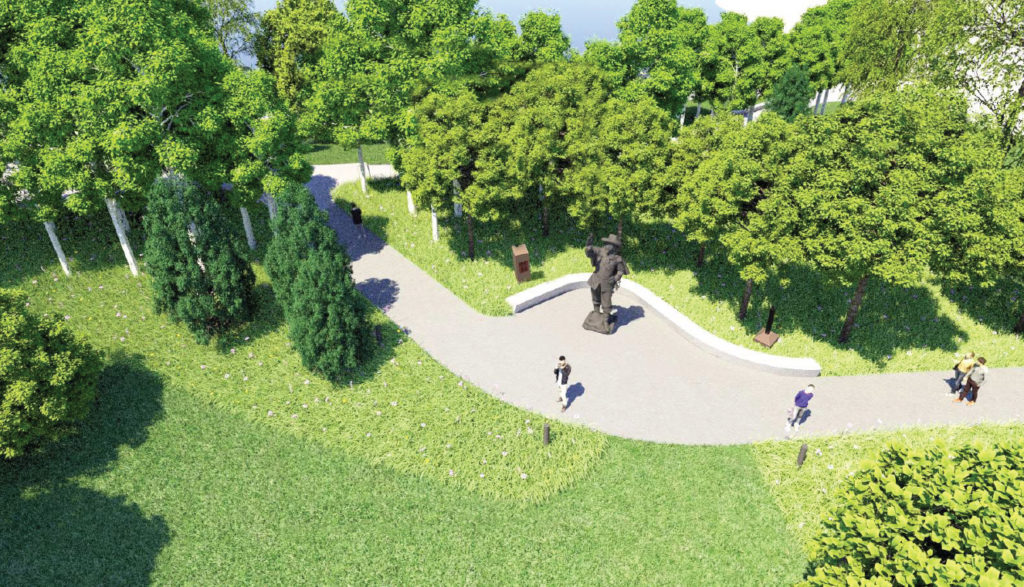
Artistic rendering of the relocated statue of Samuel de Champlain
Reintegration of the statues
Site design, like interpretation, will tell the story of the Ottawa River. The location of monuments and works of art contribute to this story. After consultation, including with Indigenous peoples, the statue of Samuel de Champlain will be relocated from the top to the centre of the site and the statue of the Anishinabe Scout, which was at Major’s Hill Park, will be returned to the site on the edge of the perimeter trail overlooking the river.
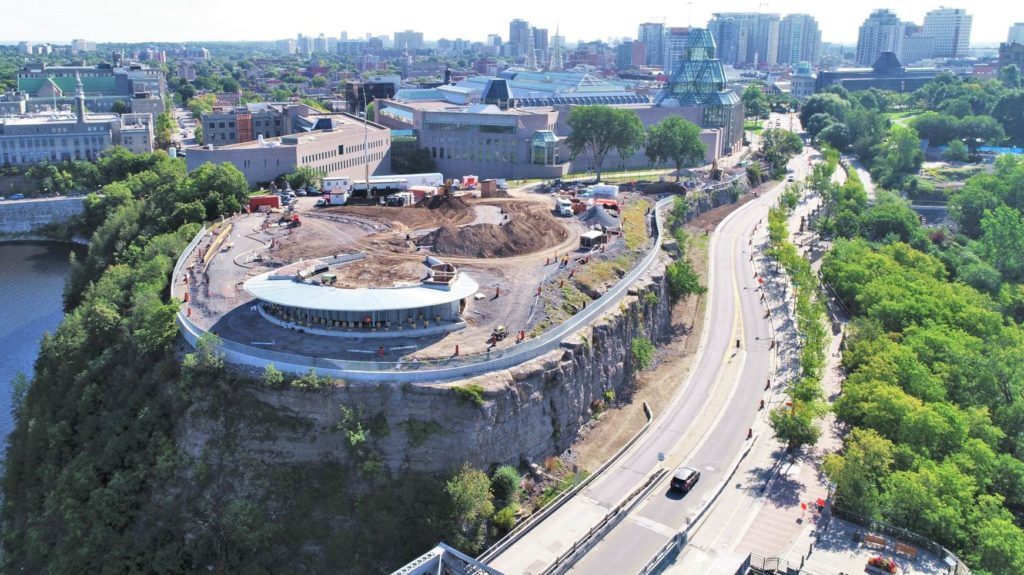
Kìwekì Point under construction (summer 2022)
Working with the NCC
The NCC welcomes the opportunity to work with new suppliers and contractors. If you are interested in offering your services, please visit https://ncc-ccn.gc.ca/business/contracting-with-the-ncc.
